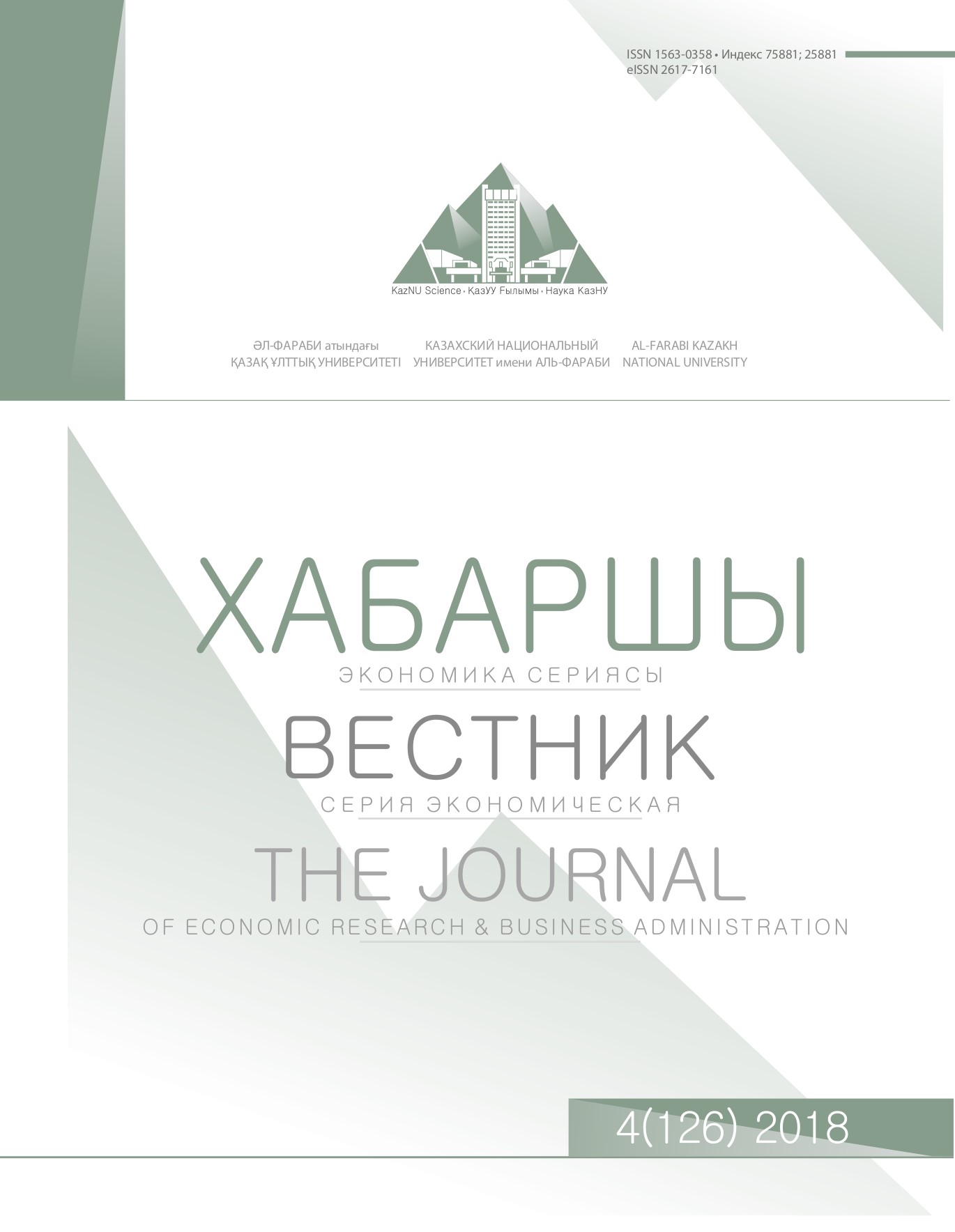Analysis of funding for higher education in the world
Abstract
The current study discusses the different applications of higher education financing systems and analyze the contribution of different actors participating in higher education financing.
The main objective of the study is to determine the share of participation of the state, private sector and other entities in financing higher education in different countries of the world. During the research, the author used general scientific methods and techniques, like analysis, synthesis, comparison, generalization with the corresponding conclusions.
According to the results of the study, the participants in higher education financing in every country are different from each other. Some countries have distinct finance systems in higher education. In some counties as the USA, the United Kingdom and Korea the participation of private sector is more important than public sector’s participation, in most European countries public sector is more dominant. Most countries spend more than an average of 1.5% of GDP on higher education financing, this rate exceeds 2.3% of GDP in some countries such as Canada, Korea and the USA but some other countries such as Belgium, Italy and the Germany allocate less than 1.5% of GDP. Most OECD members support higher education and its actors by using public funds which is more or less 22% of their public budgets.
The practical significance of the study is that the results of the research can be applied in the preparation
of the analytical part of programs for the development of higher education in Kazakhstan.




